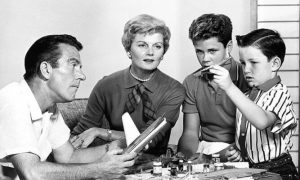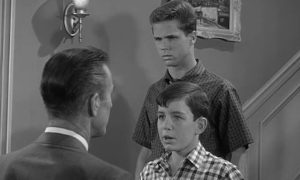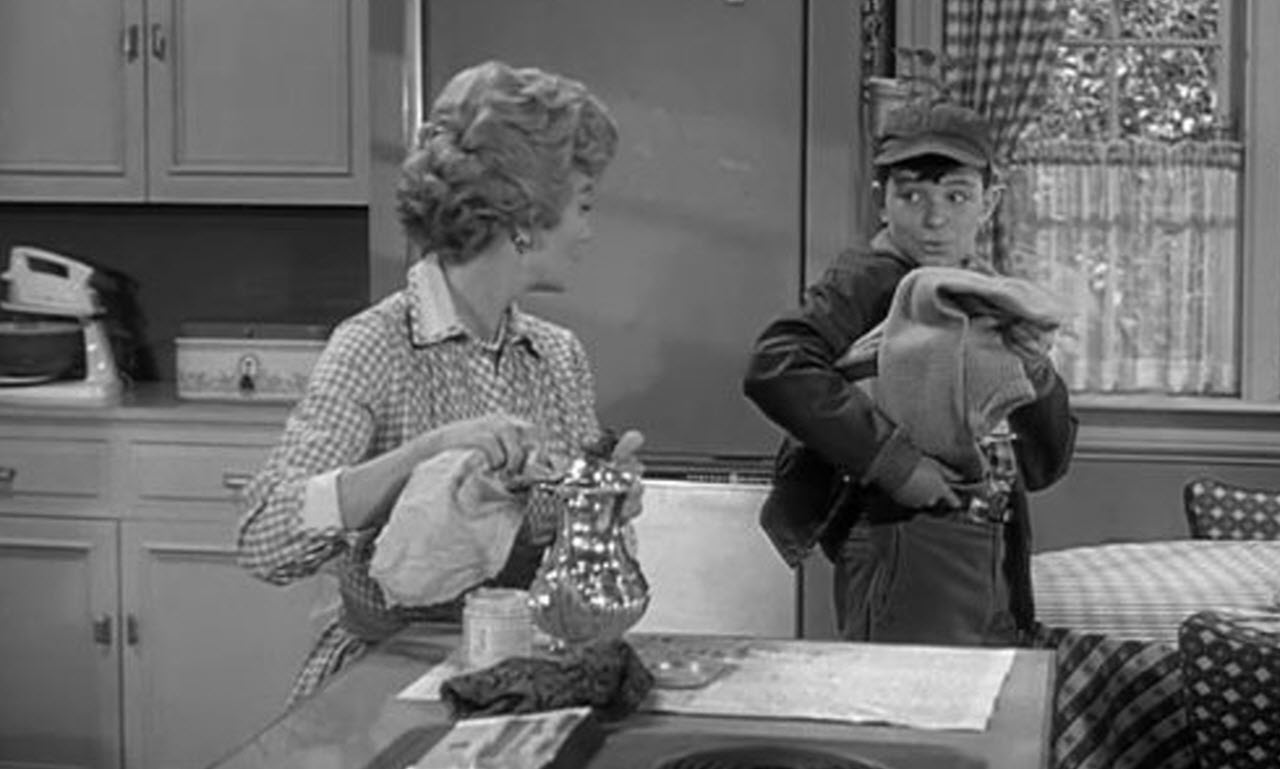The majority of people are familiar with the television sitcom Leave It to Beaver, despite the fact that it aired decades ago. The wholesome image of suburban life, the picture-perfect family, and the innocent adventures of young Beaver Cleaver have become a cornerstone of American television history. Even if they’ve never seen an episode, most people understand the essence of the show: a nostalgic glimpse into a simpler, more idealized time.
But the truth about Leave It to Beaver is not as perfect as its on-screen portrayal. Behind the scenes, the production was full of hurdles, mistakes, and the usual chaos of creating something that would later be viewed as iconic. The cast and crew were human, after all, and their lives were far from the serene image of family life they portrayed each week.
Take, for instance, the challenges that Tony Dow, who played Wally Cleaver, faced during filming. He was only a teenager at the time, struggling to balance his growing fame with the typical trials of adolescence. As the show’s popularity grew, so did the pressure to maintain the image of the perfect, all-American son. Yet, Tony often felt like he couldn’t quite live up to the wholesome character he portrayed. The cheerful Wally was far removed from the real Tony, who, like many young people, dealt with insecurity, self-doubt, and the complexities of growing up.

Barbara Billingsley, who played the ever-gracious June Cleaver, was the epitome of the perfect housewife. But off-camera, Barbara had her own battles to fight. She often felt the weight of expectations placed upon her as the matriarch of the Cleaver household, not only as a character but also as a role model for viewers. At times, she was overwhelmed by the constraints of this persona, yearning for more complexity in her acting career. Still, she never let it show, maintaining the image of the kind, gentle mother that millions of families adored.
The show’s creator, Joe Connelly, was often the one to smooth over the numerous issues that arose during production. From script changes to actor disagreements to the ever-present demands of studio executives, Joe was the one tasked with ensuring everything stayed on track. Yet even he couldn’t escape the stress. On more than one occasion, there were tensions between the cast and the writers, disagreements about the direction of the show, and the constant worry that the show’s perfection would unravel.

The set itself was not as pristine as it appeared either. The iconic Cleaver house, with its tidy kitchen and neat living room, was a set piece designed to reflect an idealized home. But the reality of maintaining such a set was a nightmare. The crew spent hours ensuring everything was just right, sometimes making small adjustments between takes that only the most eagle-eyed viewers would ever notice. And yet, there were moments when small mistakes made it onto the screen. A mismatched cup, a prop out of place, or an awkward pause in a scene. But, somehow, these imperfections became part of the charm, adding a layer of humanity to the show that would resonate with its audience.
Despite all of these behind-the-scenes challenges, Leave It to Beaver became a defining part of American television. People loved the characters because, while they were portrayed as ideal, they were also relatable. They made mistakes, struggled with their own emotions, and learned lessons just like anyone else.
It wasn’t the perfect work of art that some might imagine, but perhaps that’s what made Leave It to Beaver so enduring. It showed the world that perfection was an illusion—that even in the most idealized families, there were flaws, there were struggles, and there were moments of vulnerability. And in a world that often seemed full of chaos, that message was one people could cling to.
As time passed, Leave It to Beaver became more than just a television show. It became a symbol of the dreams and ideals of an era, one that could never be fully replicated. Behind the smiles and neatly combed hair, behind the scripted scenes and rehearsed lines, was the simple truth: the show wasn’t perfect, and that’s what made it perfect for so many.
